Walking in Daegu
입력 2017.06.30 (14:22)
수정 2017.06.30 (14:34)
읽어주기 기능은 크롬기반의
브라우저에서만 사용하실 수 있습니다.
[Anchor Lead]
As part of our series introducing good spots for taking a walk, we bring you to Daegu today. The southern city is home to a street that is a treasure trove of historical relics from Korea’s modernization era. Let’s check it out.
[Pkg]
Under the clear blue sky, high-rise buildings and old structures stand together in a strangely harmonious way. This is Cheongra Hill, a starting point of the Geundae or Modern Culture Alley, which is packed with historical relics from the nation's modernization era.
[Soundbite] Bae Myung-sook (Alley Tour Guide)": The traces of Daegu's history can be discovered in the Modern Culture Alley. Daegu suffered less damage, compared to other regions, during the Korean War. So relics of pre and post-war eras are kept well relatively. It is a destination favored by many tourists."
A walk through the historical vestiges at the heart of the city leads to a serene old house. This is the house in which Lee Sang-hwa, a Daegu-born poet resisting Japan's colonial occupation, lived during his latter days. It was restored in 2008. The poet's books are preserved at his reception room where he greeted his friends and students. The traces of the poet's life are left at the main bedroom where he breathed his last breath.
[Soundbite] Kwak Kwang-il (Busan Resident) : "It is nostalgic. The breath of history is felt."
Next, let's move on to a place where you can build special memories. This red mailbox looks ordinary. But it is not. It is a so-called slow mailbox.
[Soundbite] "I am going to send a postcard via the slow mailbox."
First, postcards are purchased at a tourist information center and filled with hearty messages. And then the address is written carefully. The postcard is put into the slow mailbox. The mail containing today's memories will be delivered a year later.
[Soundbite] Lee Hye-jeong (Busan Resident) : "I wrote a postcard in expectation of the excitement I will feel upon receiving it a year later. I will be happy to remember today's memories."
The tour is resumed to reach an old-fashioned tea shop, a must-go in this Modern Culture Alley. It used to be a popular destination in Daegu, drawing two-thousand people a day. It has been operating for 35 years.
[Soundbite] "What would you like?"
[Soundbite] "Ssanghwa-cha tea with an egg yolk, please."
A generous serving of nuts and a tea made with various medicinal herbs are poured. The finishing touch is a raw egg yolk floating in the tea.
[Soundbite] Kim Hyung-mo (Daegu Resident) : "We have been a customer for 30 years if my father is counted, too."
[Soundbite] Jeong Yong-soon (Daegu Resident) : "I become nostalgic at an old-fashioned tea store, rather than stylish, up-to-date coffee shops."
After a brief tea break, tourists hit the road again and get to experience the smells of Oriental medicine. Daegu is also well-known for its medicinal herb market.
[Soundbite] "This is a rare scene of the medicine market in the 1910s, which we cannot see now."
The first medicine market held in Daegu dates back to the Joseon Dynasty era 350 years ago. The long history of the market is showcased at the Daegu Yangnyeongsi Museum of Oriental Medicine. This is the house of a medicinal herb gatherer. It was rebuilt in its original form from a century ago. Taking a foot bath is a good remedy for tired feet. The delicate scents of Oriental medicinal herbs gently spread around.
[Soundbite] Yurie Akashi (Japanese Tourist) : "My legs got tired during the walk. The foot bath in medicinal herb water relieves fatigue. I like it."
Filled with the breath of history, time seems to stand still in the Daegu Modern Culture Alley.
As part of our series introducing good spots for taking a walk, we bring you to Daegu today. The southern city is home to a street that is a treasure trove of historical relics from Korea’s modernization era. Let’s check it out.
[Pkg]
Under the clear blue sky, high-rise buildings and old structures stand together in a strangely harmonious way. This is Cheongra Hill, a starting point of the Geundae or Modern Culture Alley, which is packed with historical relics from the nation's modernization era.
[Soundbite] Bae Myung-sook (Alley Tour Guide)": The traces of Daegu's history can be discovered in the Modern Culture Alley. Daegu suffered less damage, compared to other regions, during the Korean War. So relics of pre and post-war eras are kept well relatively. It is a destination favored by many tourists."
A walk through the historical vestiges at the heart of the city leads to a serene old house. This is the house in which Lee Sang-hwa, a Daegu-born poet resisting Japan's colonial occupation, lived during his latter days. It was restored in 2008. The poet's books are preserved at his reception room where he greeted his friends and students. The traces of the poet's life are left at the main bedroom where he breathed his last breath.
[Soundbite] Kwak Kwang-il (Busan Resident) : "It is nostalgic. The breath of history is felt."
Next, let's move on to a place where you can build special memories. This red mailbox looks ordinary. But it is not. It is a so-called slow mailbox.
[Soundbite] "I am going to send a postcard via the slow mailbox."
First, postcards are purchased at a tourist information center and filled with hearty messages. And then the address is written carefully. The postcard is put into the slow mailbox. The mail containing today's memories will be delivered a year later.
[Soundbite] Lee Hye-jeong (Busan Resident) : "I wrote a postcard in expectation of the excitement I will feel upon receiving it a year later. I will be happy to remember today's memories."
The tour is resumed to reach an old-fashioned tea shop, a must-go in this Modern Culture Alley. It used to be a popular destination in Daegu, drawing two-thousand people a day. It has been operating for 35 years.
[Soundbite] "What would you like?"
[Soundbite] "Ssanghwa-cha tea with an egg yolk, please."
A generous serving of nuts and a tea made with various medicinal herbs are poured. The finishing touch is a raw egg yolk floating in the tea.
[Soundbite] Kim Hyung-mo (Daegu Resident) : "We have been a customer for 30 years if my father is counted, too."
[Soundbite] Jeong Yong-soon (Daegu Resident) : "I become nostalgic at an old-fashioned tea store, rather than stylish, up-to-date coffee shops."
After a brief tea break, tourists hit the road again and get to experience the smells of Oriental medicine. Daegu is also well-known for its medicinal herb market.
[Soundbite] "This is a rare scene of the medicine market in the 1910s, which we cannot see now."
The first medicine market held in Daegu dates back to the Joseon Dynasty era 350 years ago. The long history of the market is showcased at the Daegu Yangnyeongsi Museum of Oriental Medicine. This is the house of a medicinal herb gatherer. It was rebuilt in its original form from a century ago. Taking a foot bath is a good remedy for tired feet. The delicate scents of Oriental medicinal herbs gently spread around.
[Soundbite] Yurie Akashi (Japanese Tourist) : "My legs got tired during the walk. The foot bath in medicinal herb water relieves fatigue. I like it."
Filled with the breath of history, time seems to stand still in the Daegu Modern Culture Alley.
■ 제보하기
▷ 카카오톡 : 'KBS제보' 검색, 채널 추가
▷ 전화 : 02-781-1234, 4444
▷ 이메일 : kbs1234@kbs.co.kr
▷ 유튜브, 네이버, 카카오에서도 KBS뉴스를 구독해주세요!
- Walking in Daegu
-
- 입력 2017-06-30 14:16:14
- 수정2017-06-30 14:34:53
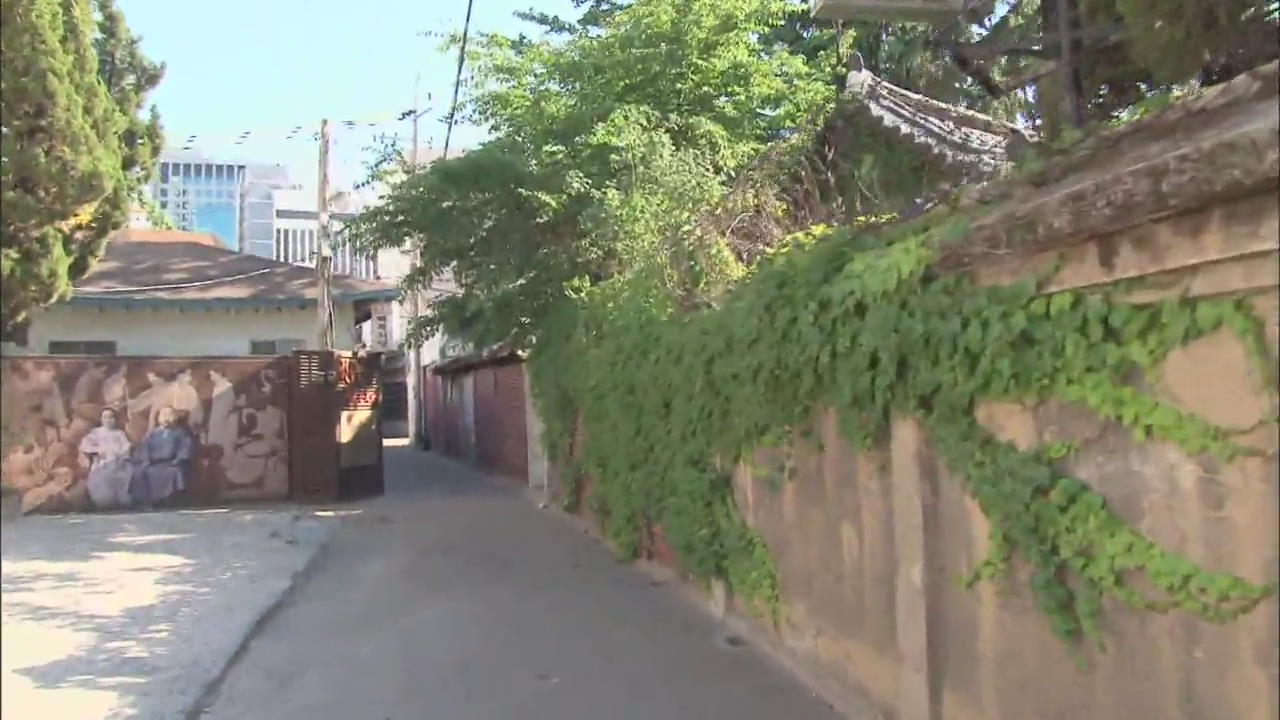
[Anchor Lead]
As part of our series introducing good spots for taking a walk, we bring you to Daegu today. The southern city is home to a street that is a treasure trove of historical relics from Korea’s modernization era. Let’s check it out.
[Pkg]
Under the clear blue sky, high-rise buildings and old structures stand together in a strangely harmonious way. This is Cheongra Hill, a starting point of the Geundae or Modern Culture Alley, which is packed with historical relics from the nation's modernization era.
[Soundbite] Bae Myung-sook (Alley Tour Guide)": The traces of Daegu's history can be discovered in the Modern Culture Alley. Daegu suffered less damage, compared to other regions, during the Korean War. So relics of pre and post-war eras are kept well relatively. It is a destination favored by many tourists."
A walk through the historical vestiges at the heart of the city leads to a serene old house. This is the house in which Lee Sang-hwa, a Daegu-born poet resisting Japan's colonial occupation, lived during his latter days. It was restored in 2008. The poet's books are preserved at his reception room where he greeted his friends and students. The traces of the poet's life are left at the main bedroom where he breathed his last breath.
[Soundbite] Kwak Kwang-il (Busan Resident) : "It is nostalgic. The breath of history is felt."
Next, let's move on to a place where you can build special memories. This red mailbox looks ordinary. But it is not. It is a so-called slow mailbox.
[Soundbite] "I am going to send a postcard via the slow mailbox."
First, postcards are purchased at a tourist information center and filled with hearty messages. And then the address is written carefully. The postcard is put into the slow mailbox. The mail containing today's memories will be delivered a year later.
[Soundbite] Lee Hye-jeong (Busan Resident) : "I wrote a postcard in expectation of the excitement I will feel upon receiving it a year later. I will be happy to remember today's memories."
The tour is resumed to reach an old-fashioned tea shop, a must-go in this Modern Culture Alley. It used to be a popular destination in Daegu, drawing two-thousand people a day. It has been operating for 35 years.
[Soundbite] "What would you like?"
[Soundbite] "Ssanghwa-cha tea with an egg yolk, please."
A generous serving of nuts and a tea made with various medicinal herbs are poured. The finishing touch is a raw egg yolk floating in the tea.
[Soundbite] Kim Hyung-mo (Daegu Resident) : "We have been a customer for 30 years if my father is counted, too."
[Soundbite] Jeong Yong-soon (Daegu Resident) : "I become nostalgic at an old-fashioned tea store, rather than stylish, up-to-date coffee shops."
After a brief tea break, tourists hit the road again and get to experience the smells of Oriental medicine. Daegu is also well-known for its medicinal herb market.
[Soundbite] "This is a rare scene of the medicine market in the 1910s, which we cannot see now."
The first medicine market held in Daegu dates back to the Joseon Dynasty era 350 years ago. The long history of the market is showcased at the Daegu Yangnyeongsi Museum of Oriental Medicine. This is the house of a medicinal herb gatherer. It was rebuilt in its original form from a century ago. Taking a foot bath is a good remedy for tired feet. The delicate scents of Oriental medicinal herbs gently spread around.
[Soundbite] Yurie Akashi (Japanese Tourist) : "My legs got tired during the walk. The foot bath in medicinal herb water relieves fatigue. I like it."
Filled with the breath of history, time seems to stand still in the Daegu Modern Culture Alley.
As part of our series introducing good spots for taking a walk, we bring you to Daegu today. The southern city is home to a street that is a treasure trove of historical relics from Korea’s modernization era. Let’s check it out.
[Pkg]
Under the clear blue sky, high-rise buildings and old structures stand together in a strangely harmonious way. This is Cheongra Hill, a starting point of the Geundae or Modern Culture Alley, which is packed with historical relics from the nation's modernization era.
[Soundbite] Bae Myung-sook (Alley Tour Guide)": The traces of Daegu's history can be discovered in the Modern Culture Alley. Daegu suffered less damage, compared to other regions, during the Korean War. So relics of pre and post-war eras are kept well relatively. It is a destination favored by many tourists."
A walk through the historical vestiges at the heart of the city leads to a serene old house. This is the house in which Lee Sang-hwa, a Daegu-born poet resisting Japan's colonial occupation, lived during his latter days. It was restored in 2008. The poet's books are preserved at his reception room where he greeted his friends and students. The traces of the poet's life are left at the main bedroom where he breathed his last breath.
[Soundbite] Kwak Kwang-il (Busan Resident) : "It is nostalgic. The breath of history is felt."
Next, let's move on to a place where you can build special memories. This red mailbox looks ordinary. But it is not. It is a so-called slow mailbox.
[Soundbite] "I am going to send a postcard via the slow mailbox."
First, postcards are purchased at a tourist information center and filled with hearty messages. And then the address is written carefully. The postcard is put into the slow mailbox. The mail containing today's memories will be delivered a year later.
[Soundbite] Lee Hye-jeong (Busan Resident) : "I wrote a postcard in expectation of the excitement I will feel upon receiving it a year later. I will be happy to remember today's memories."
The tour is resumed to reach an old-fashioned tea shop, a must-go in this Modern Culture Alley. It used to be a popular destination in Daegu, drawing two-thousand people a day. It has been operating for 35 years.
[Soundbite] "What would you like?"
[Soundbite] "Ssanghwa-cha tea with an egg yolk, please."
A generous serving of nuts and a tea made with various medicinal herbs are poured. The finishing touch is a raw egg yolk floating in the tea.
[Soundbite] Kim Hyung-mo (Daegu Resident) : "We have been a customer for 30 years if my father is counted, too."
[Soundbite] Jeong Yong-soon (Daegu Resident) : "I become nostalgic at an old-fashioned tea store, rather than stylish, up-to-date coffee shops."
After a brief tea break, tourists hit the road again and get to experience the smells of Oriental medicine. Daegu is also well-known for its medicinal herb market.
[Soundbite] "This is a rare scene of the medicine market in the 1910s, which we cannot see now."
The first medicine market held in Daegu dates back to the Joseon Dynasty era 350 years ago. The long history of the market is showcased at the Daegu Yangnyeongsi Museum of Oriental Medicine. This is the house of a medicinal herb gatherer. It was rebuilt in its original form from a century ago. Taking a foot bath is a good remedy for tired feet. The delicate scents of Oriental medicinal herbs gently spread around.
[Soundbite] Yurie Akashi (Japanese Tourist) : "My legs got tired during the walk. The foot bath in medicinal herb water relieves fatigue. I like it."
Filled with the breath of history, time seems to stand still in the Daegu Modern Culture Alley.
이 기사가 좋으셨다면
-
좋아요
0
-
응원해요
0
-
후속 원해요
0










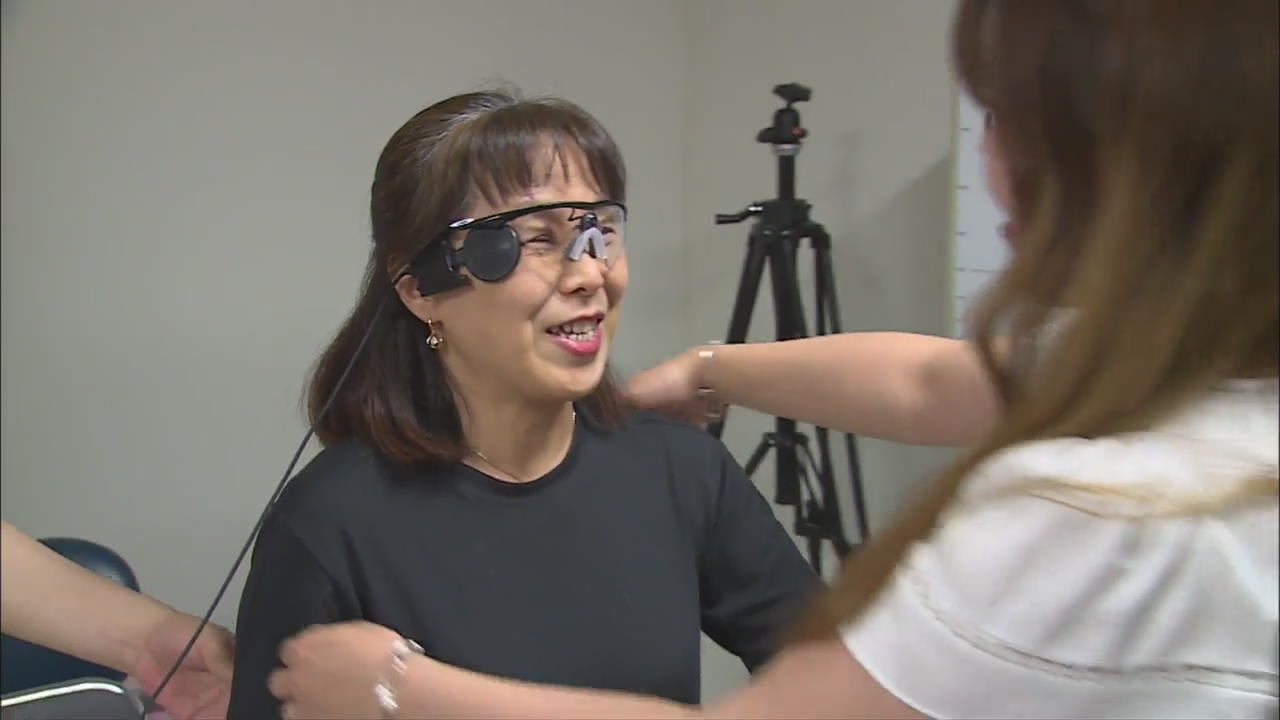
![[Korea Snapshot] Gyeongamdong Railroad Town](https://news.kbs.co.kr/data/news/2017/06/30/3507740_100.jpg)
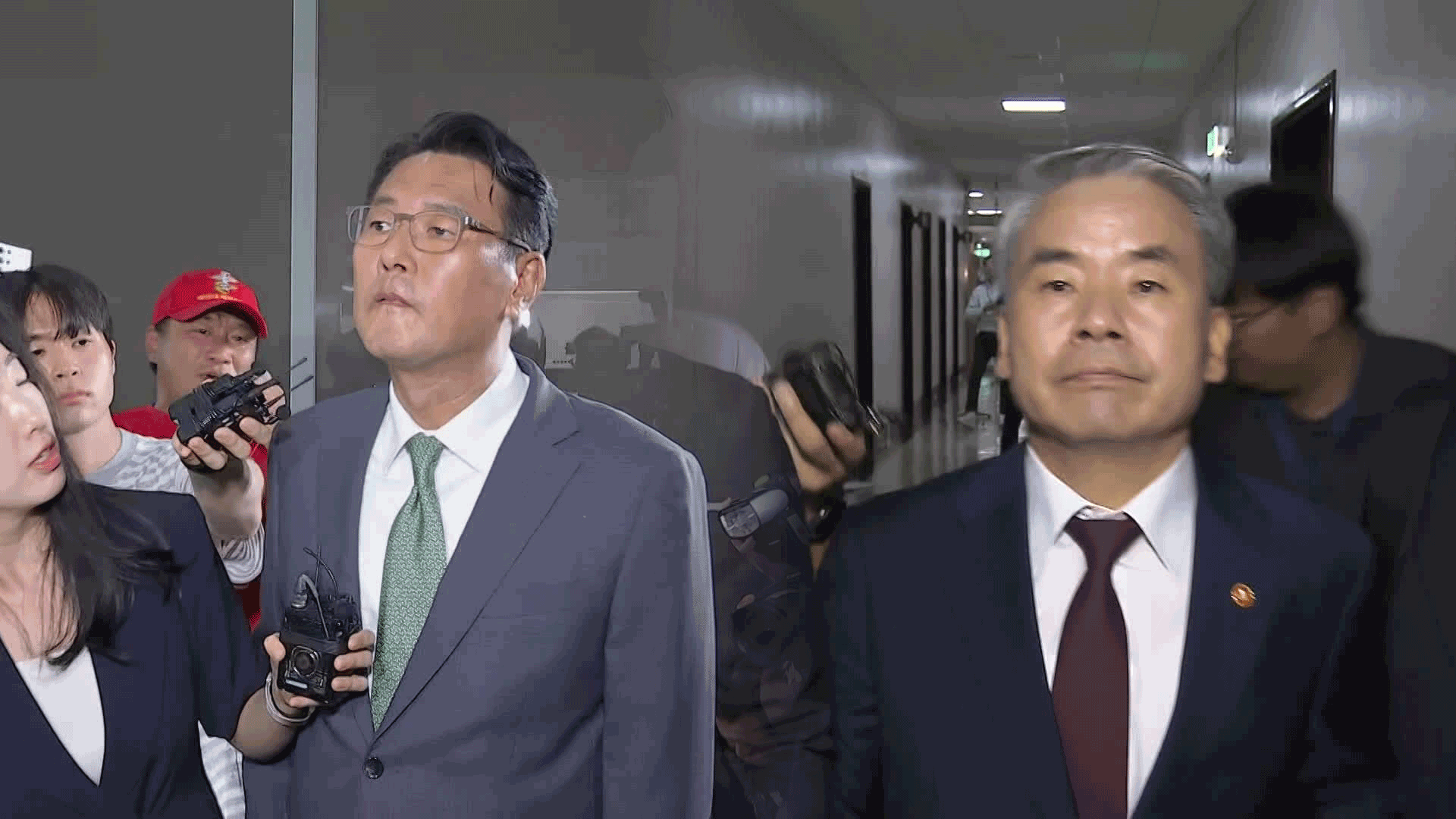
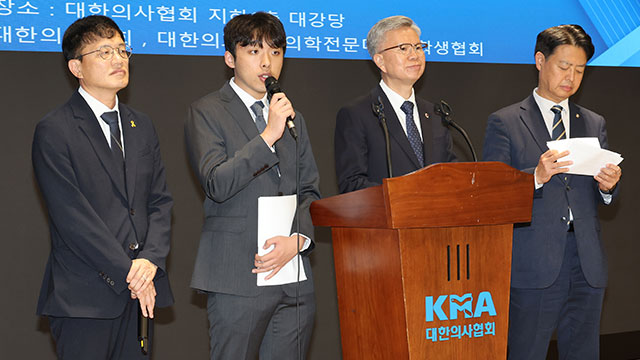
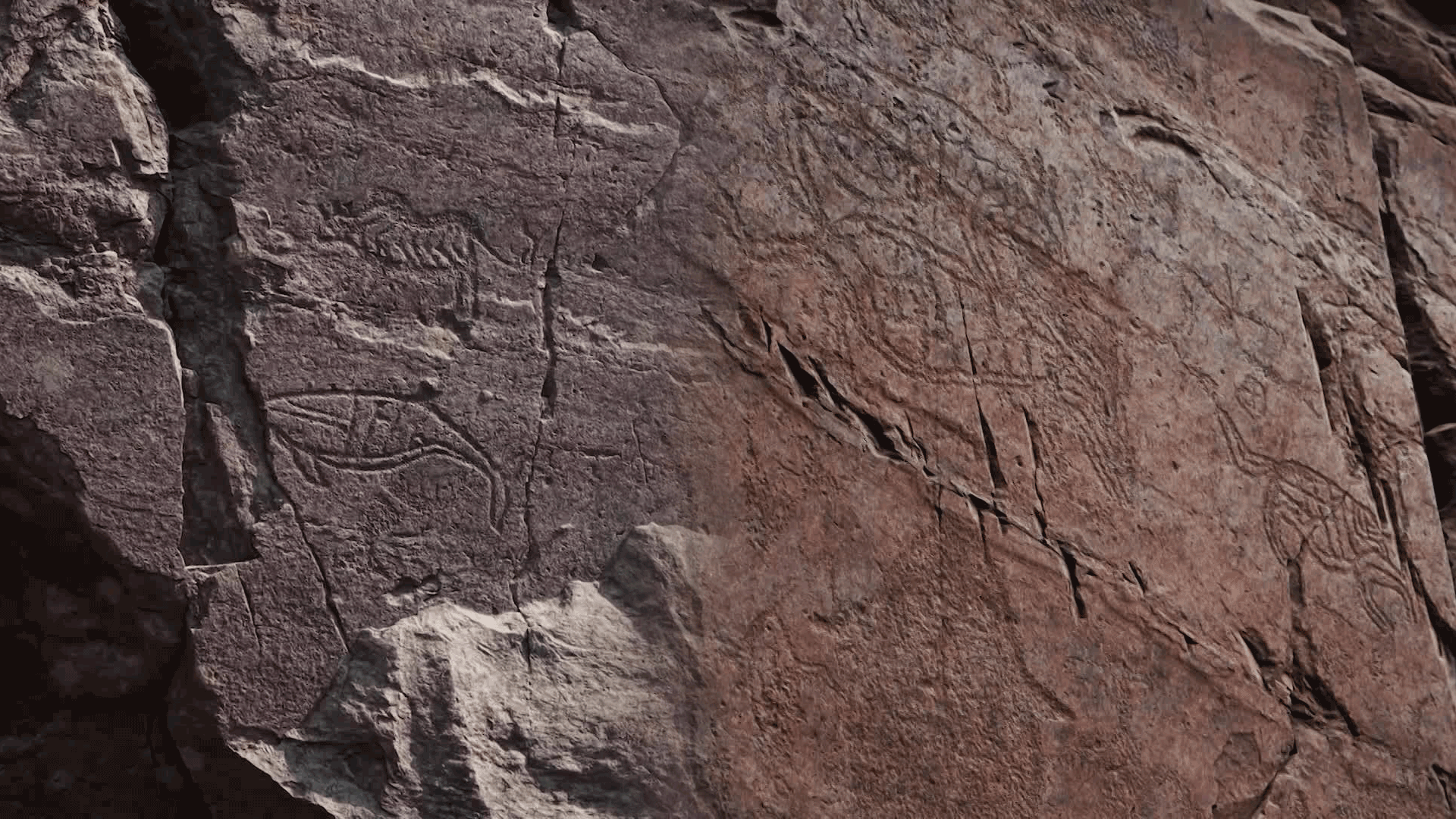
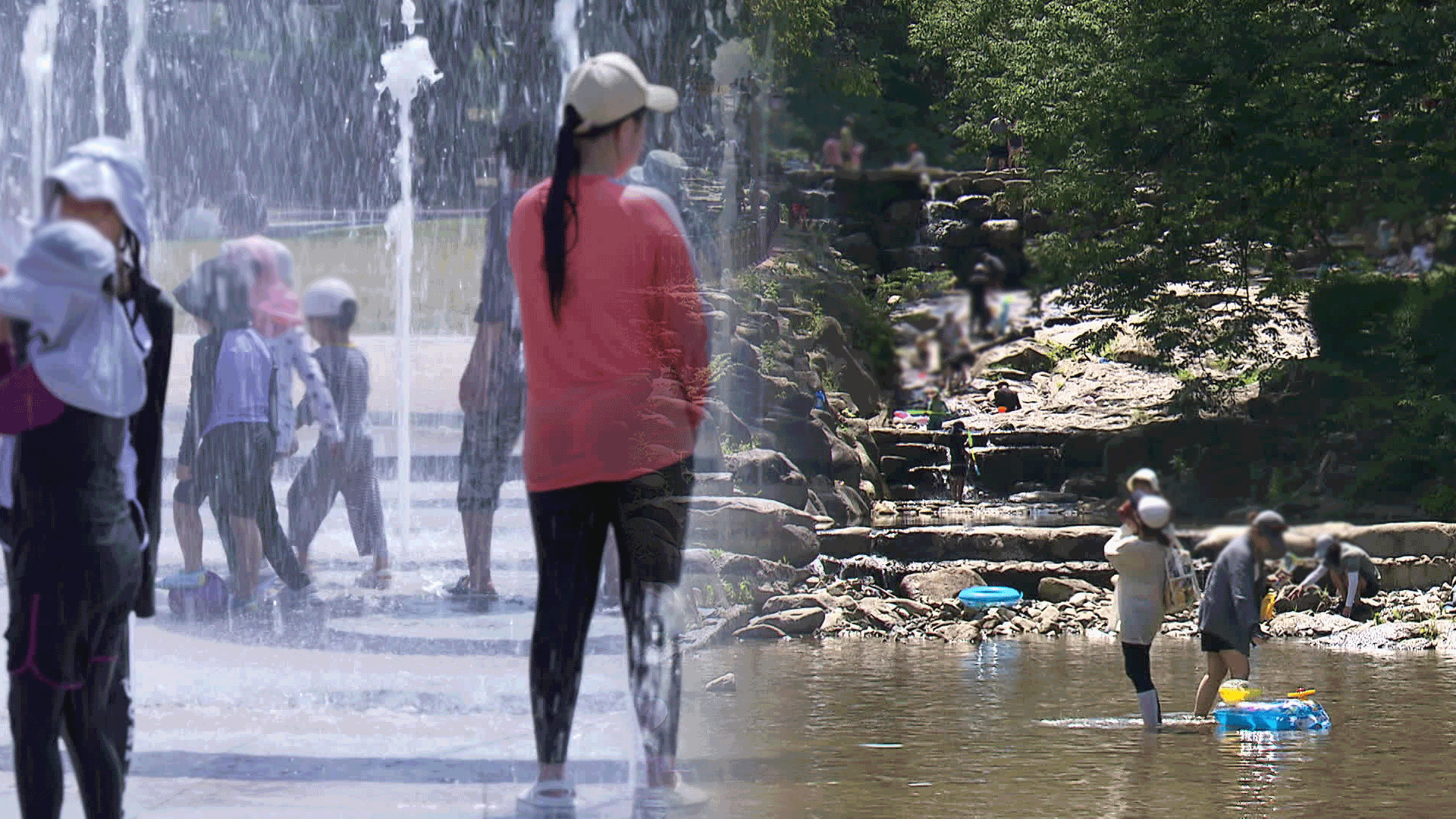

이 기사에 대한 의견을 남겨주세요.